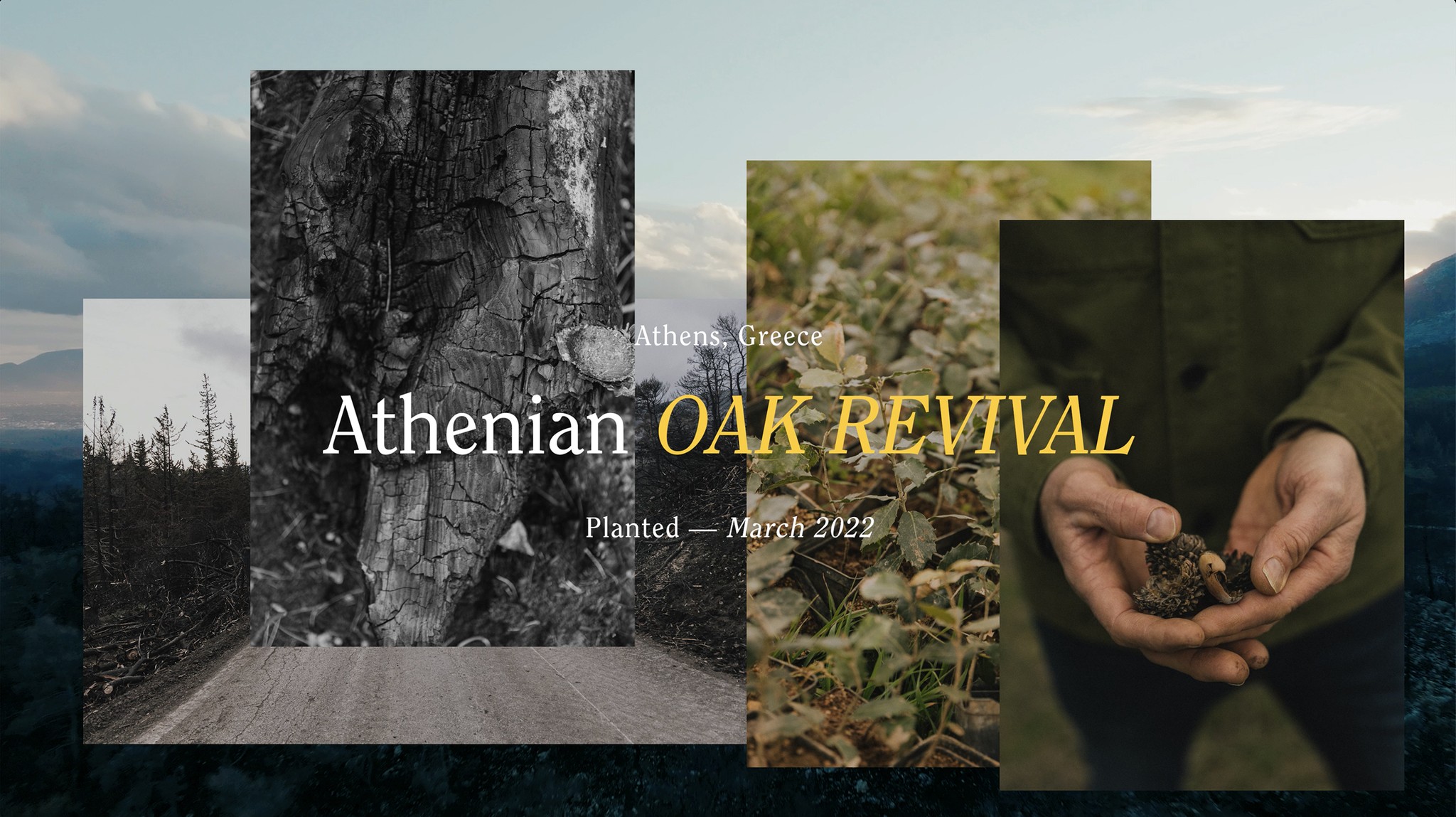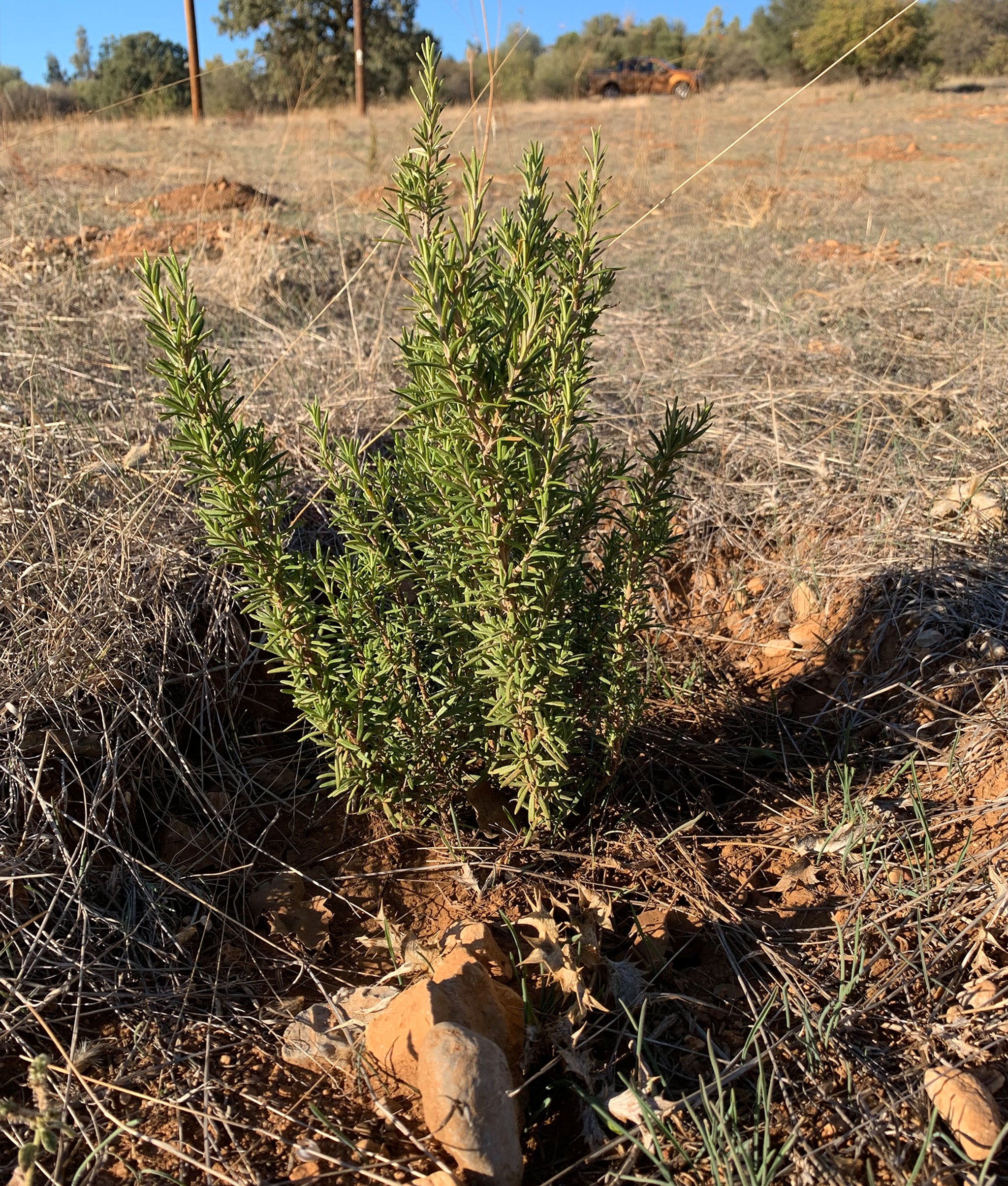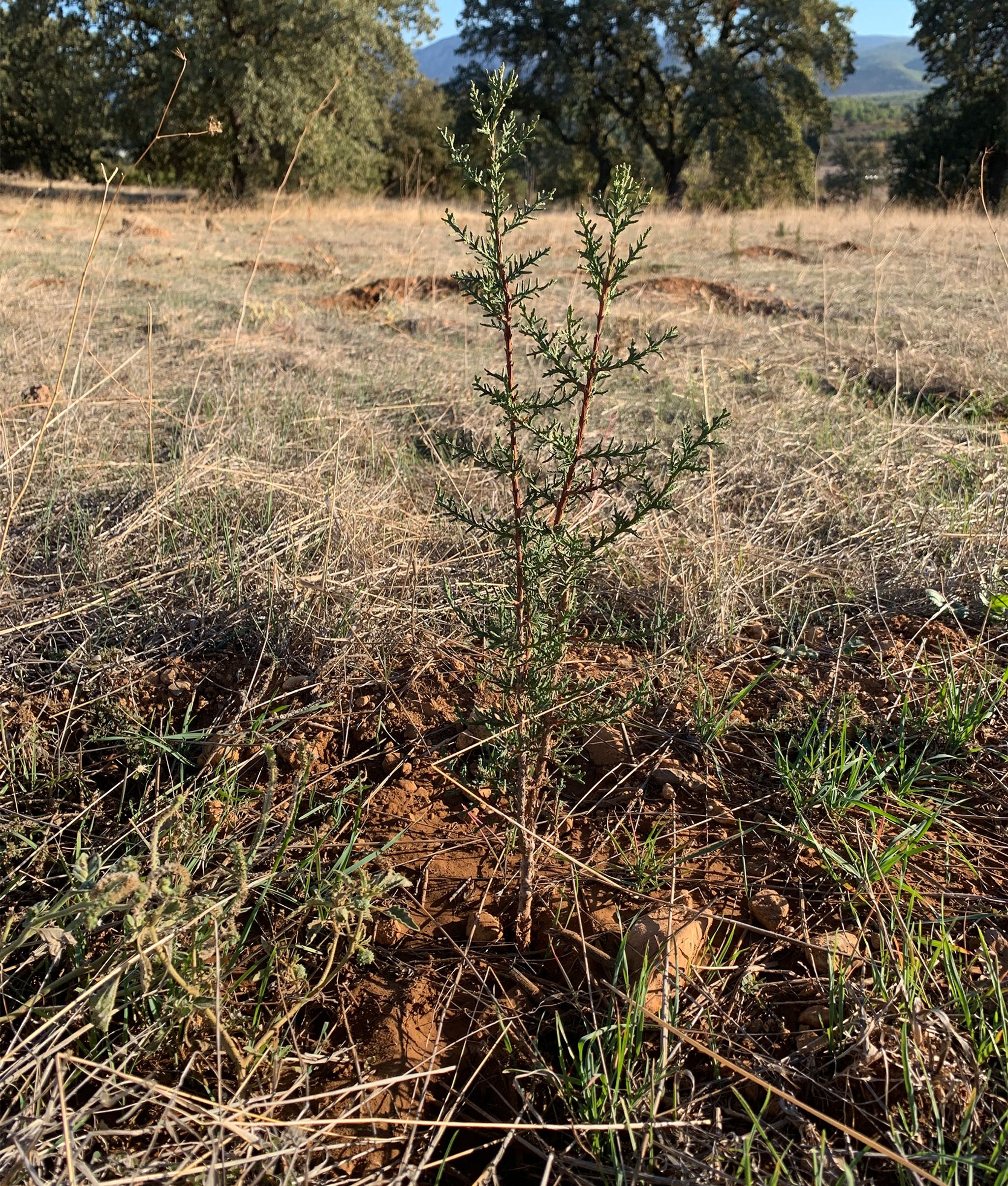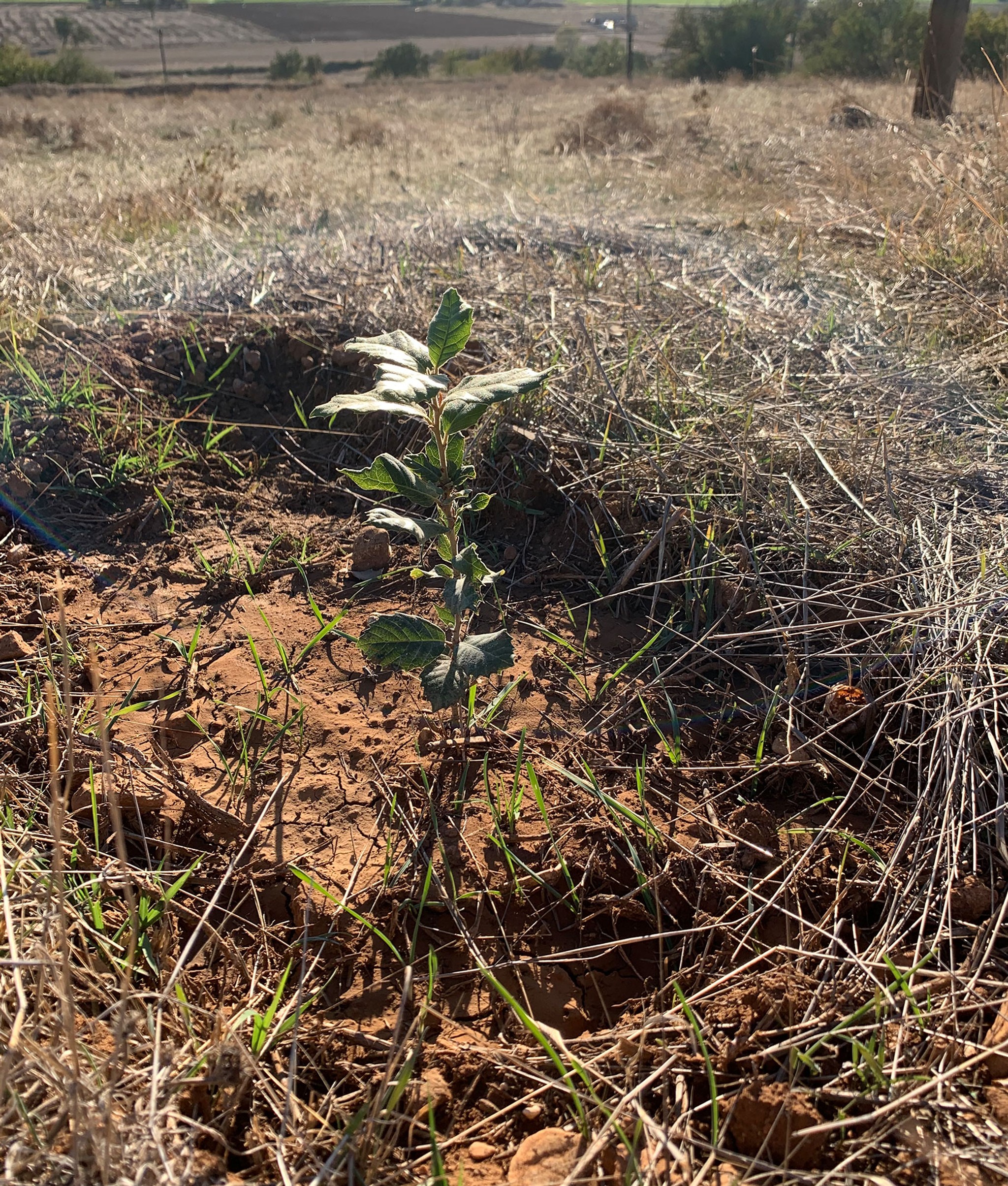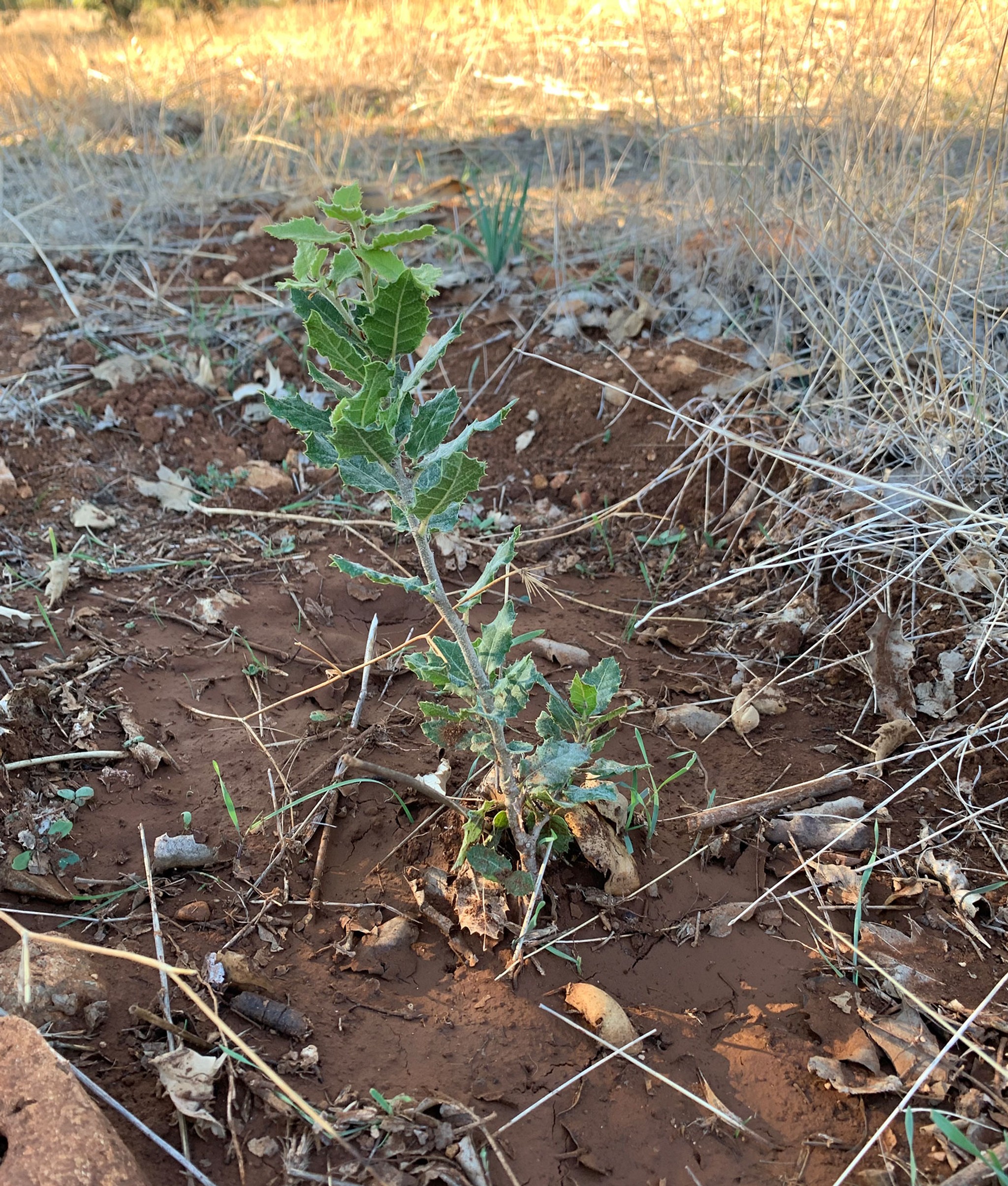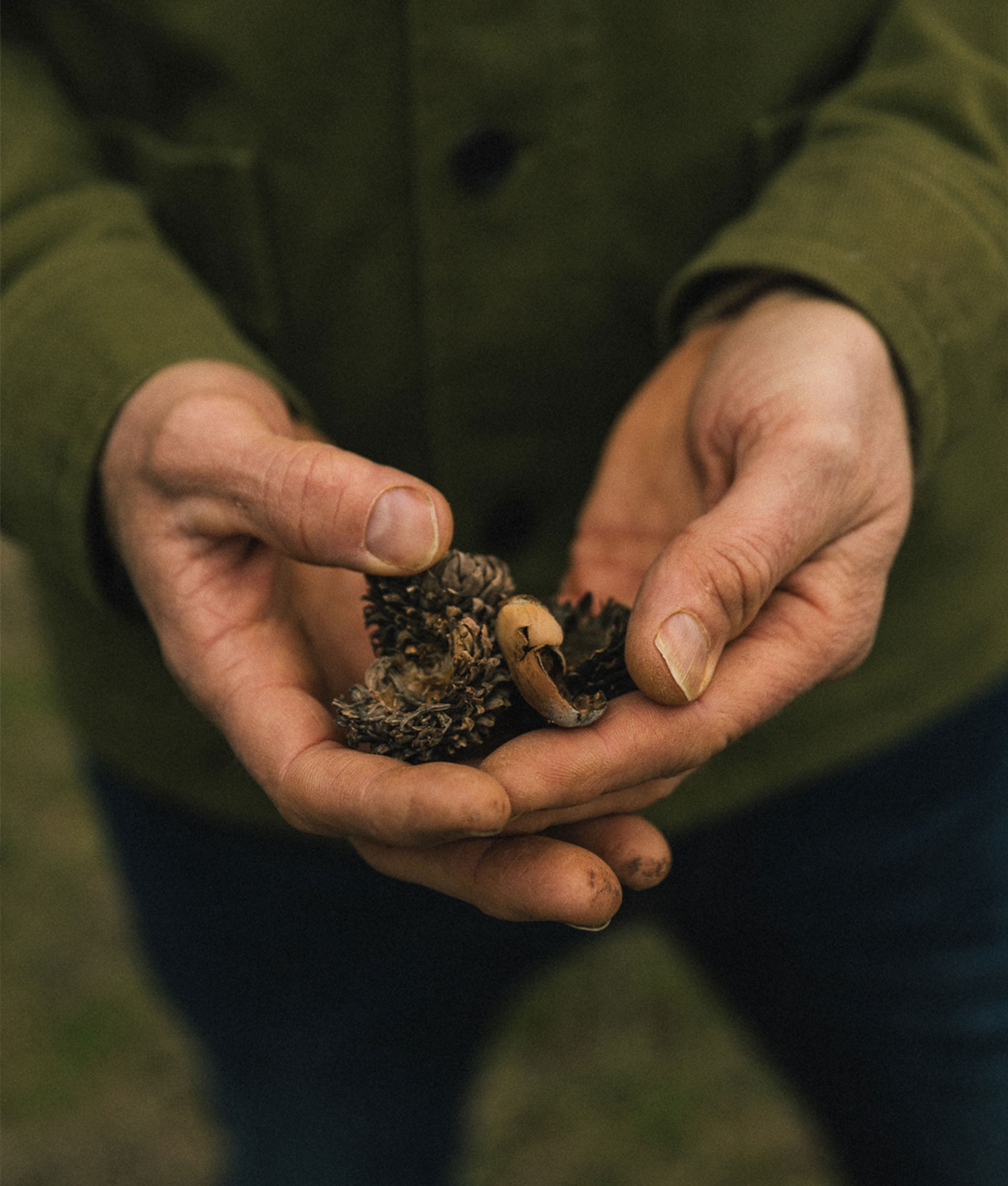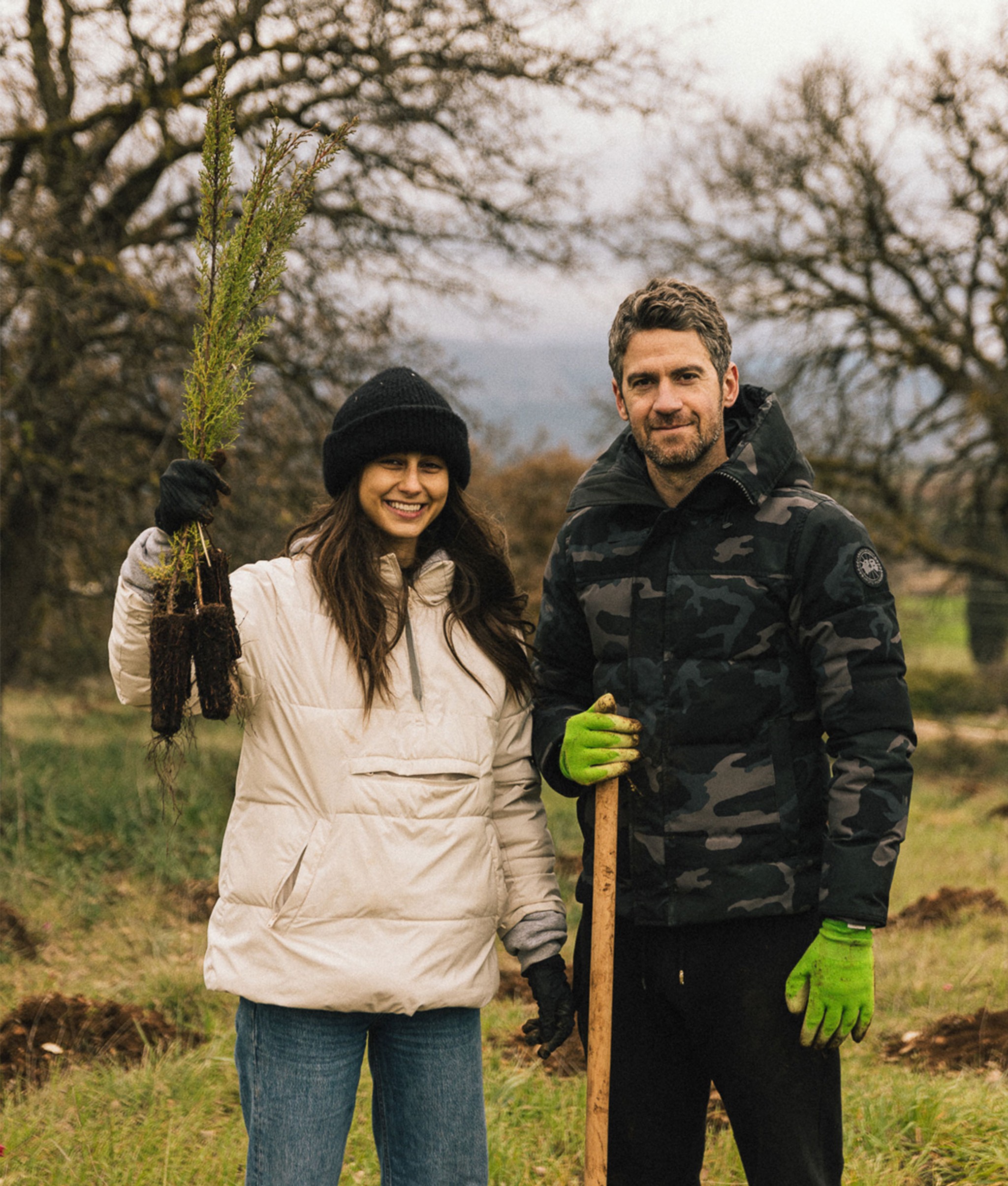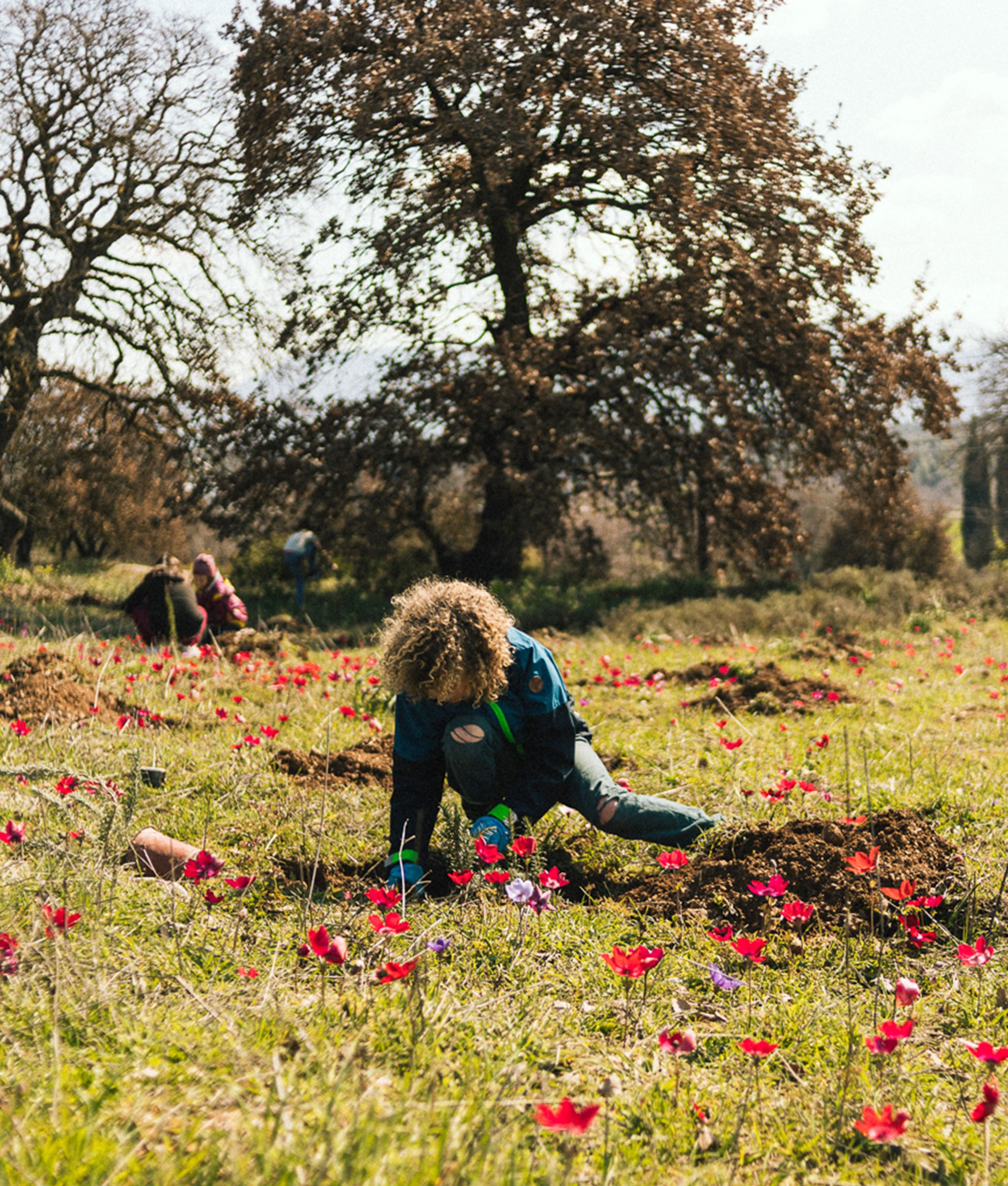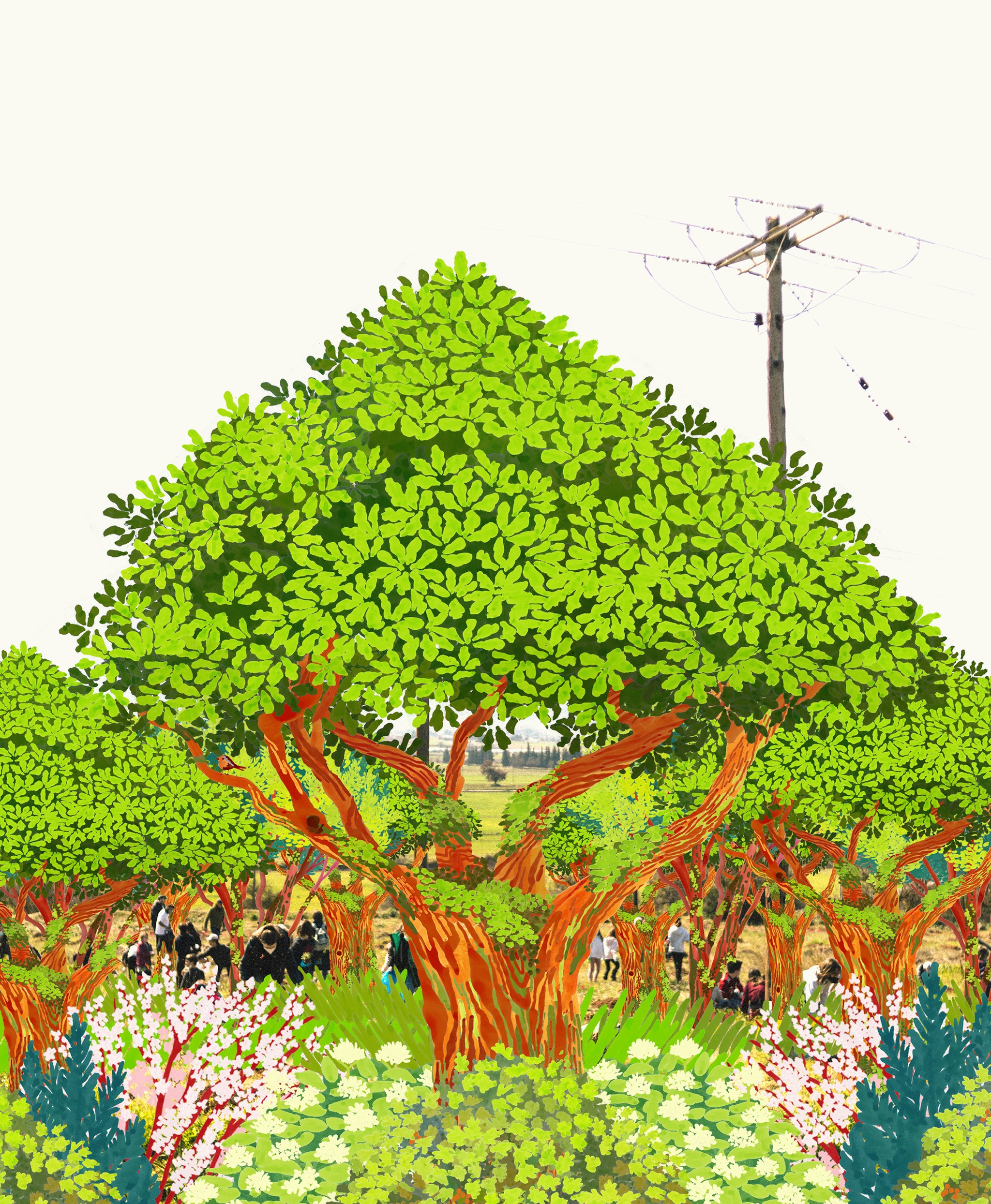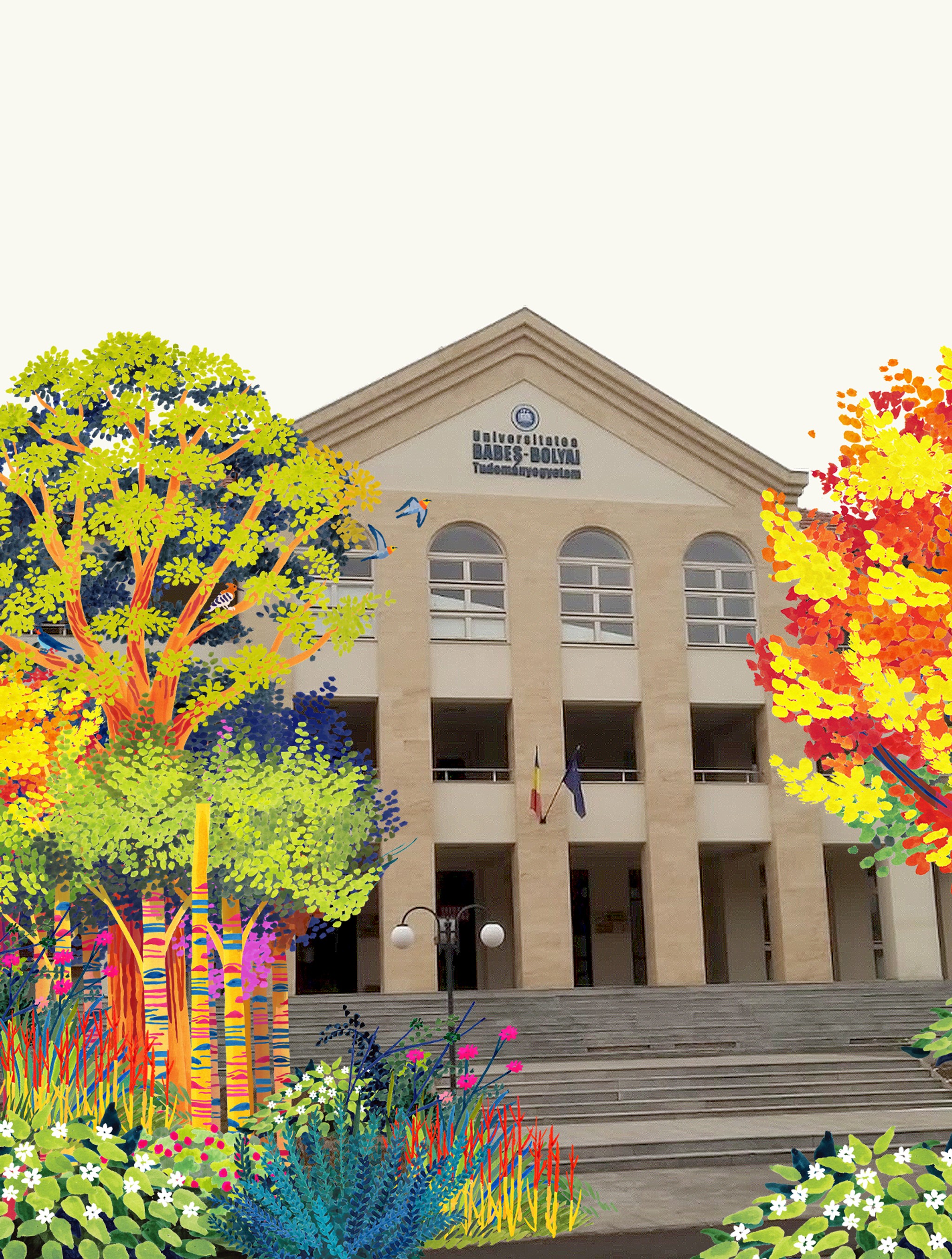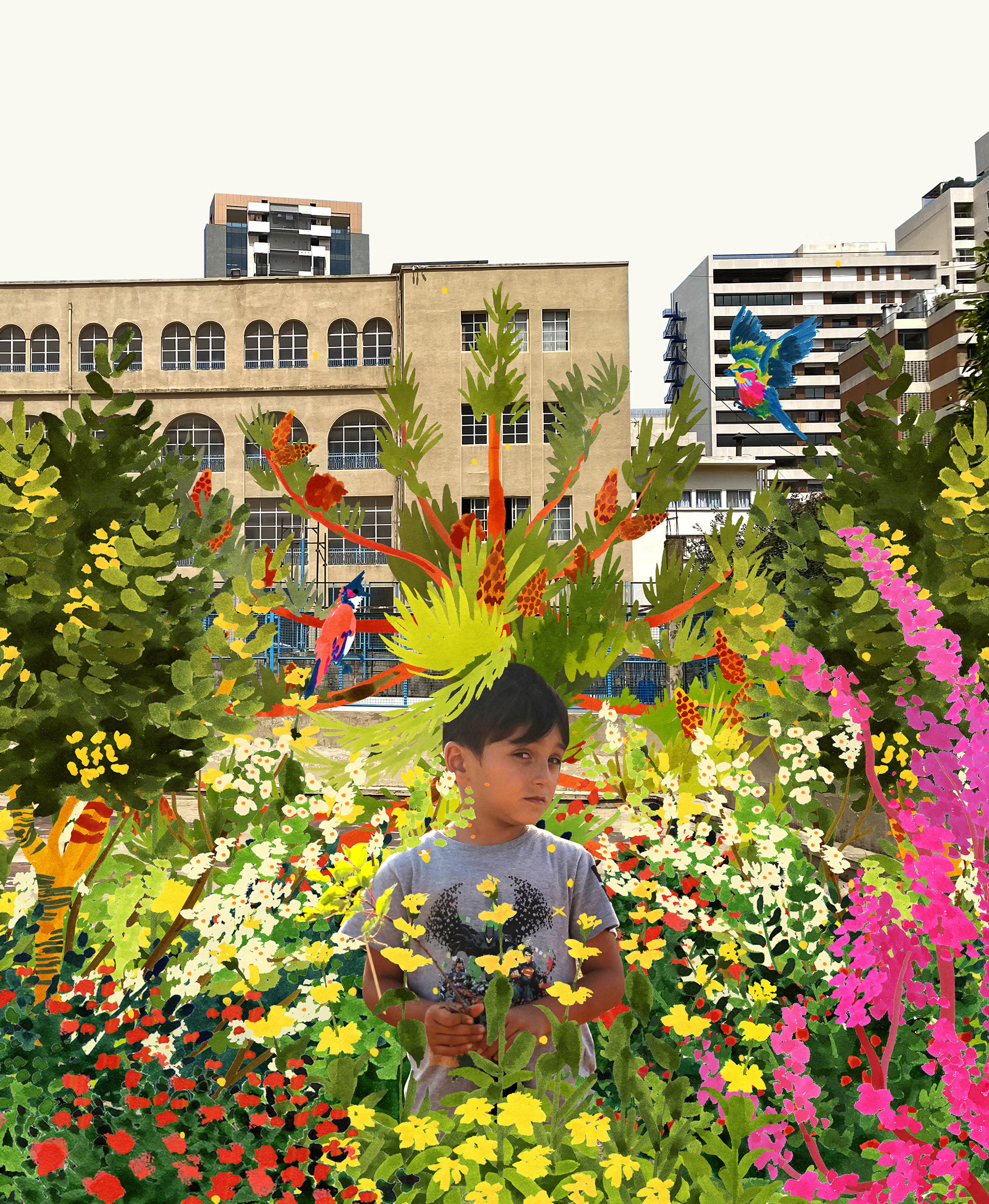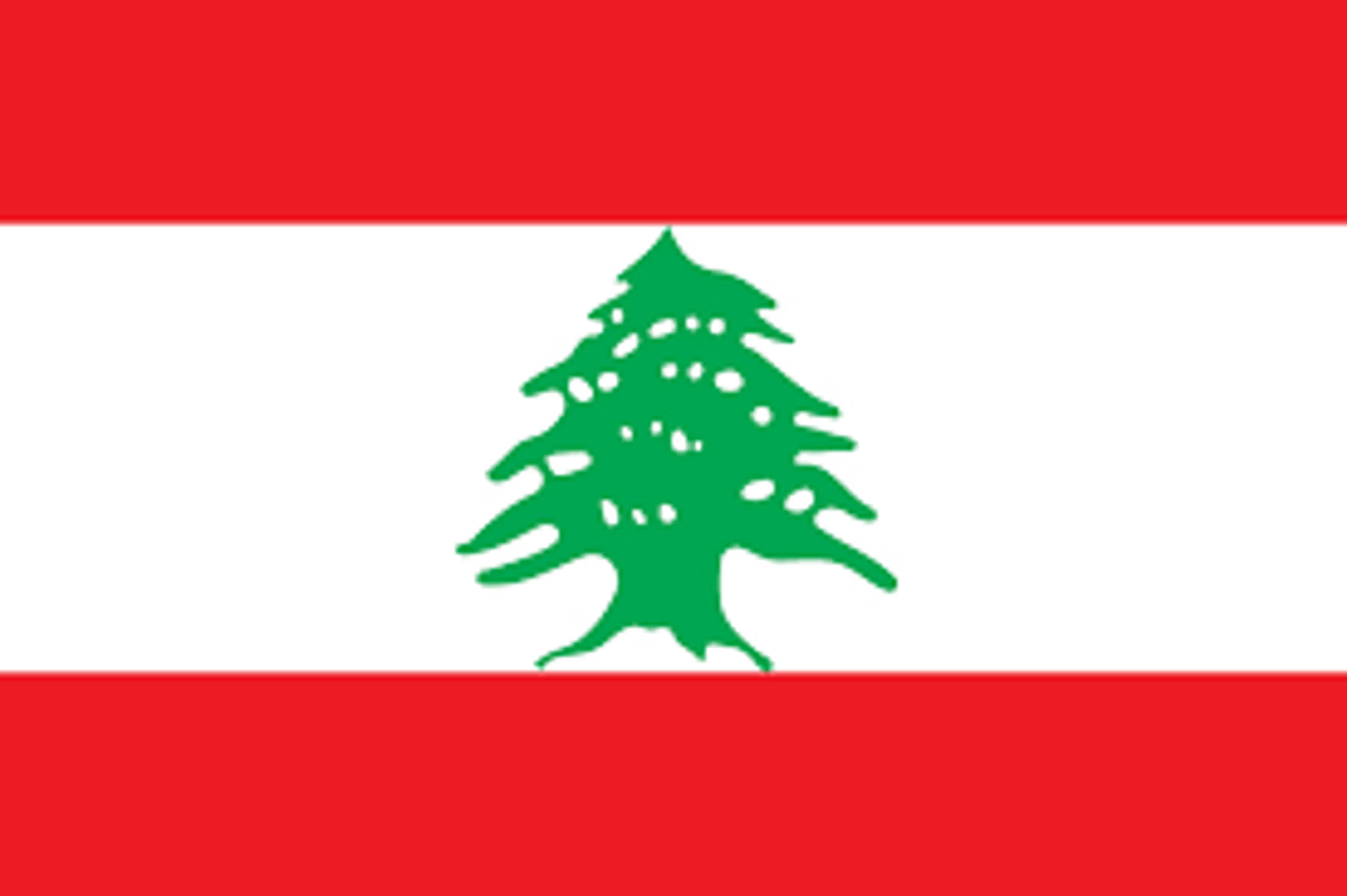Athenian Oak Revival
Calling back Daphne and the Dryads.

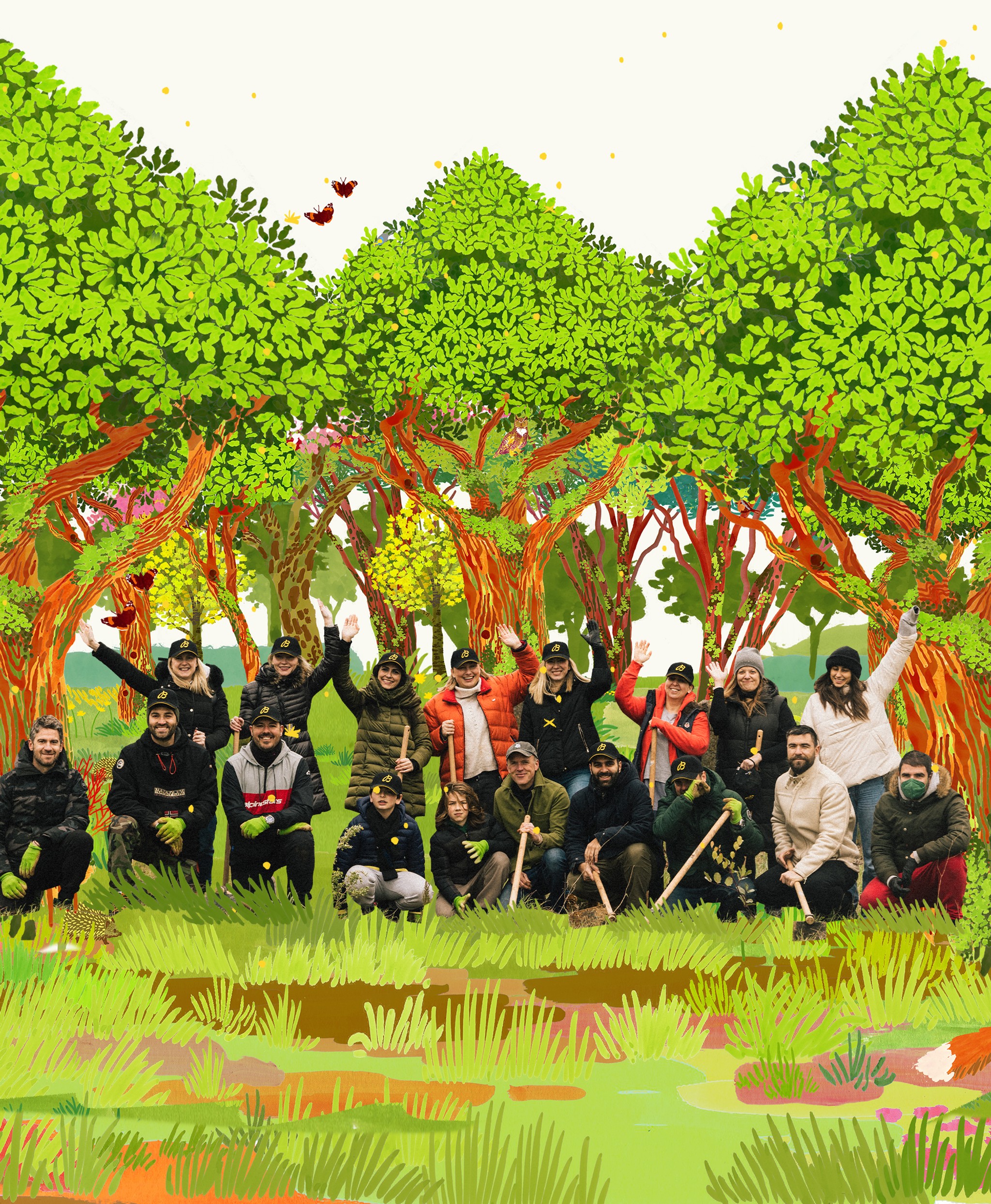
0
Trees
0
Square Meters
0
Native Species
0
Youth Impacted
Our Athenian Oak Revival project marks the first time SUGi is venturing into large-scale oak restoration and comes in response to the tragic loss of forests in the region following years of intermittent fires.
Calling on both the natural history and mythology of the region, 12 species of indigenous oak trees are being restored across 10,000 Sq m. Our aim is to bring back a native oak forest in an area where these beautiful ecosystems used to be common sight but are slowly being forgotten.
Forest Maker
James Godfrey-Faussett
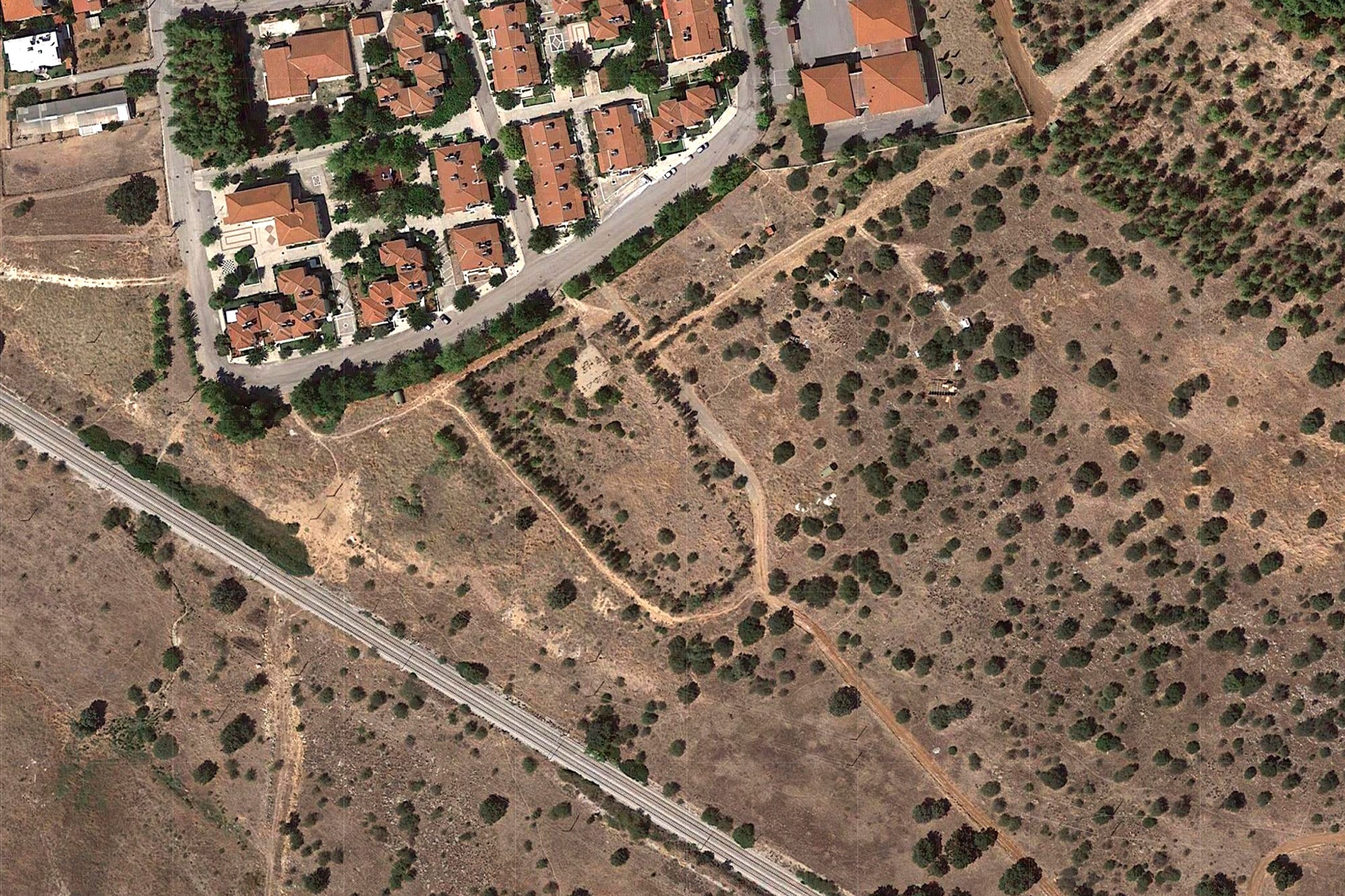
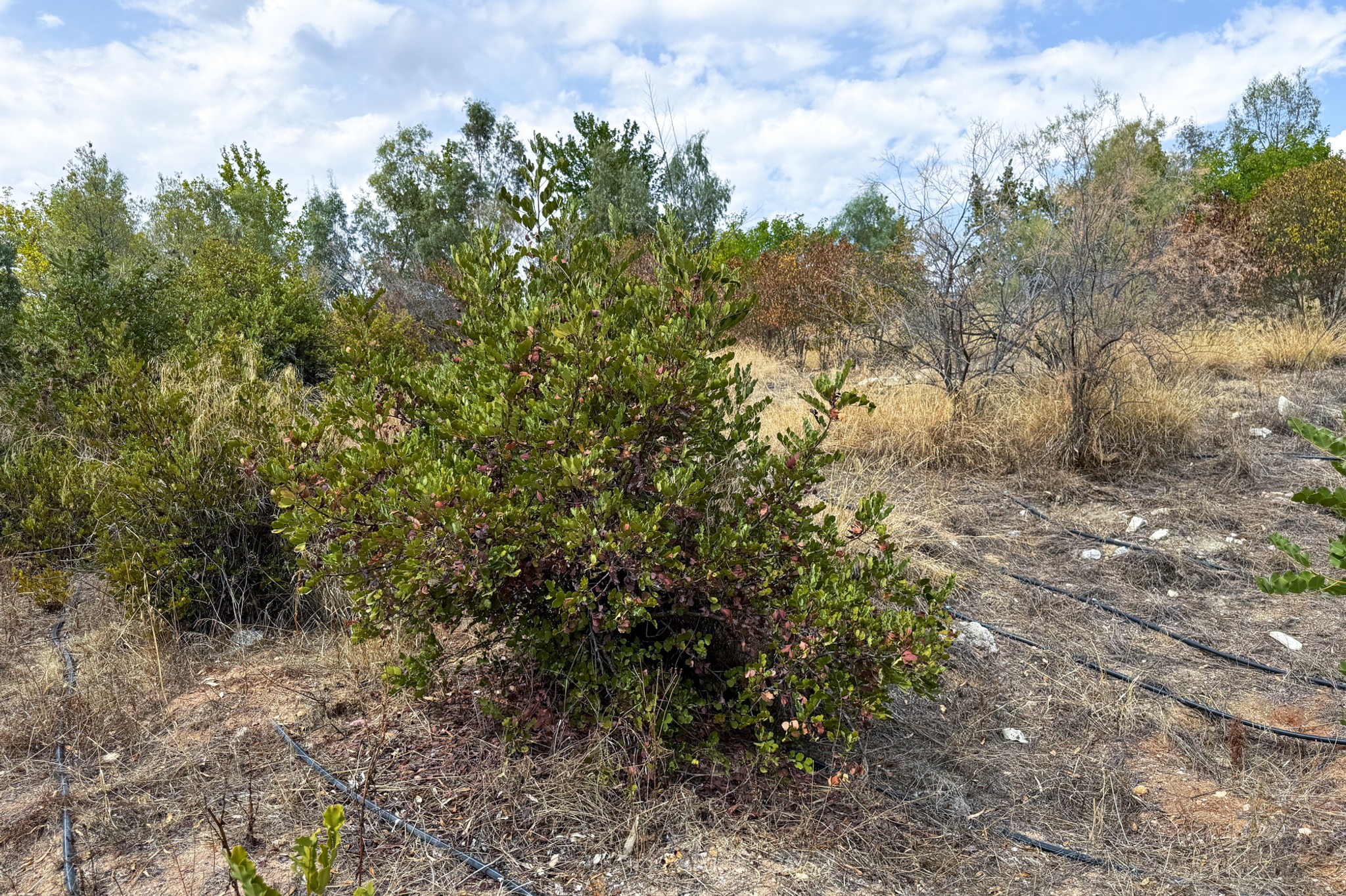
Forest Partner

Forest Report: 2024
0 Years
Forest Age
0%
Survival Rate
0m
Average of Tallest 3 Trees
This has been a challenging venture for us because of various reasons: there have been sheep appearing sometimes eating the saplings,while, in a small part of the area, the municipality decided to do some work (fortunately we did not have many trees there). Our oak species have not yet seen rapid growth, with the summer in Greece this year lasting from March until now which makes maintenance an additional challenge. The way we have dealt with the situation has been to replace the lost trees from the works of the municipality and the sheep loss, and to try out species that we have seen are growing more rapidly, such as cypress and charob which indeed had the fastest growth since the beginning of our project. We have also added more oak trees, and when the summer ends we will add some more.
Forest Report: 2023
0 Months
Forest Age
0%
Survival Rate
0m
Average of Tallest 3 Trees
The survival rate is approximately 85%, including the trees we planted to replace some that we lost due to the expansion of the factory nearby that violated our municipality permit. We expanded the plantation to the opposite side of the land, adjoining our location, planting the lost trees anew.
The height of the trees varies because of the difference in what lies below it. In some places, there is rock, which impedes the growth of some trees. In other places, where there is no rock and the root system quickly finds roots, trees have developed faster. Currently, we have trees from 40cm up to 140cm, aside from the bushes that are around 30-40cm.
Forest Report: 2022
0 Months
Forest Age
0%
Survival Rate
0cm
Average of Tallest 3 Trees
Our Athenian Oak Revival project marks the first time SUGi is venturing into large-scale oak restoration and comes in response to the tragic loss of forests in the region following years of intermittent fires. The project was not executed adhering to the Miyawaki method, but rather followed traditional planting practices, albeit with a focus on native species.
2022 has seen record heat and no rain for over six months. Growth has subsequently been slow but is steady in the extreme conditions where the soil tends to become hard and compacted. Survival rate is good.
Native species such as holm oak (Quercus ilex), kermes oak (Quercus coccifera), wild olive (Olea oleaster), carob (Ceratonia siliqua) and juniper (Juniperus communis) that are adapted to the heat have done well. This is due to the fact that these species tend to have shiny, waxy leaves that are more robust and don't dry out as quickly. Indeed, the juniper is the tallest species in the forest currently. The winter rains ought to bring a boost to growth rates, laying the foundations for a positive second year.
“This project will act as a catalyst to repair wildfire damage, through the planting of a true indigenous oak forest. These oak forests once dominated and covered large parts of Greece. Left to thrive, these diverse forests will be a home for biodiversity to flourish and protect the land - including lessening the effects of future wildfires.”
James Godfrey-Faussett, SUGi Lead Forest Maker
Planting: March 2022
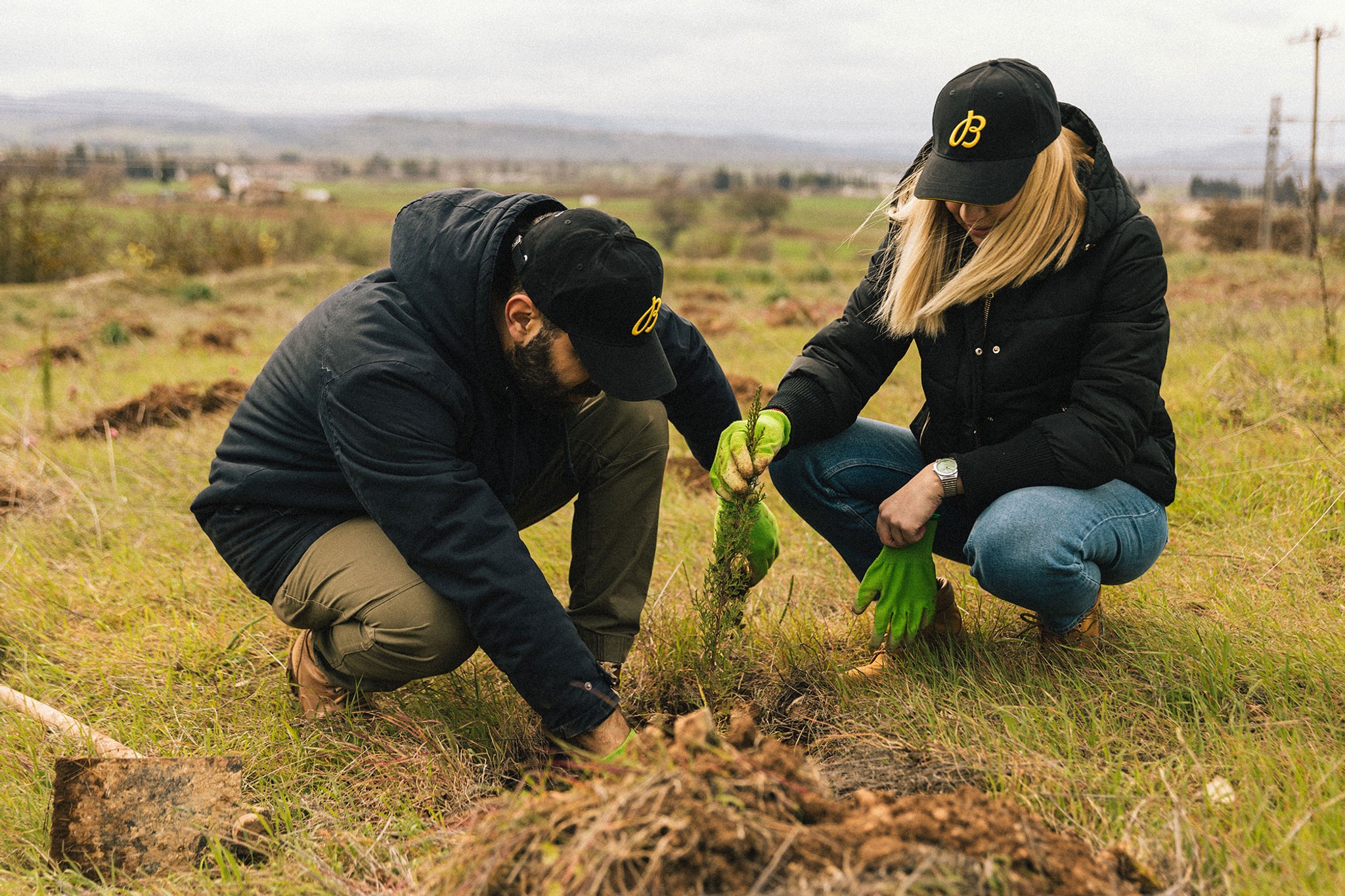
Why the Athenian Oak Revival?
The project aims to restore this complex ecosystem through the planting of an interconnected mix of native species - from the mighty oaks down to scented and medicinal herbs. This will create one harmonic and resilient ecosystem in which biodiversity will flourish.
Athenian Oak Revival is also important for land management and the prevention of forest fires. It offers an alternative to the pine mono plantations that have come to dominate the local landscape and are highly susceptible to fires. In planting a diverse mix of species, this pocket of oak forest could potentially help combat future blazes.
Lastly, the project reconnects the local community with their cultural heritage surrounding these mighty trees. Greek mythology abounds with figures connected to the oak, including Daphne, the goddess of the oak tree and the dryads, said to be the spirits of oak trees. In the past, elder oaks were thought to have healing powers; ill children were often brought to sit beneath them so that they may be cured. This is why oaks were referred to locally as the martyr trees.
Athenian Oak Revival celebrates the oak - and offers the opportunity to share stories in which people both cherished and revered the natural world.
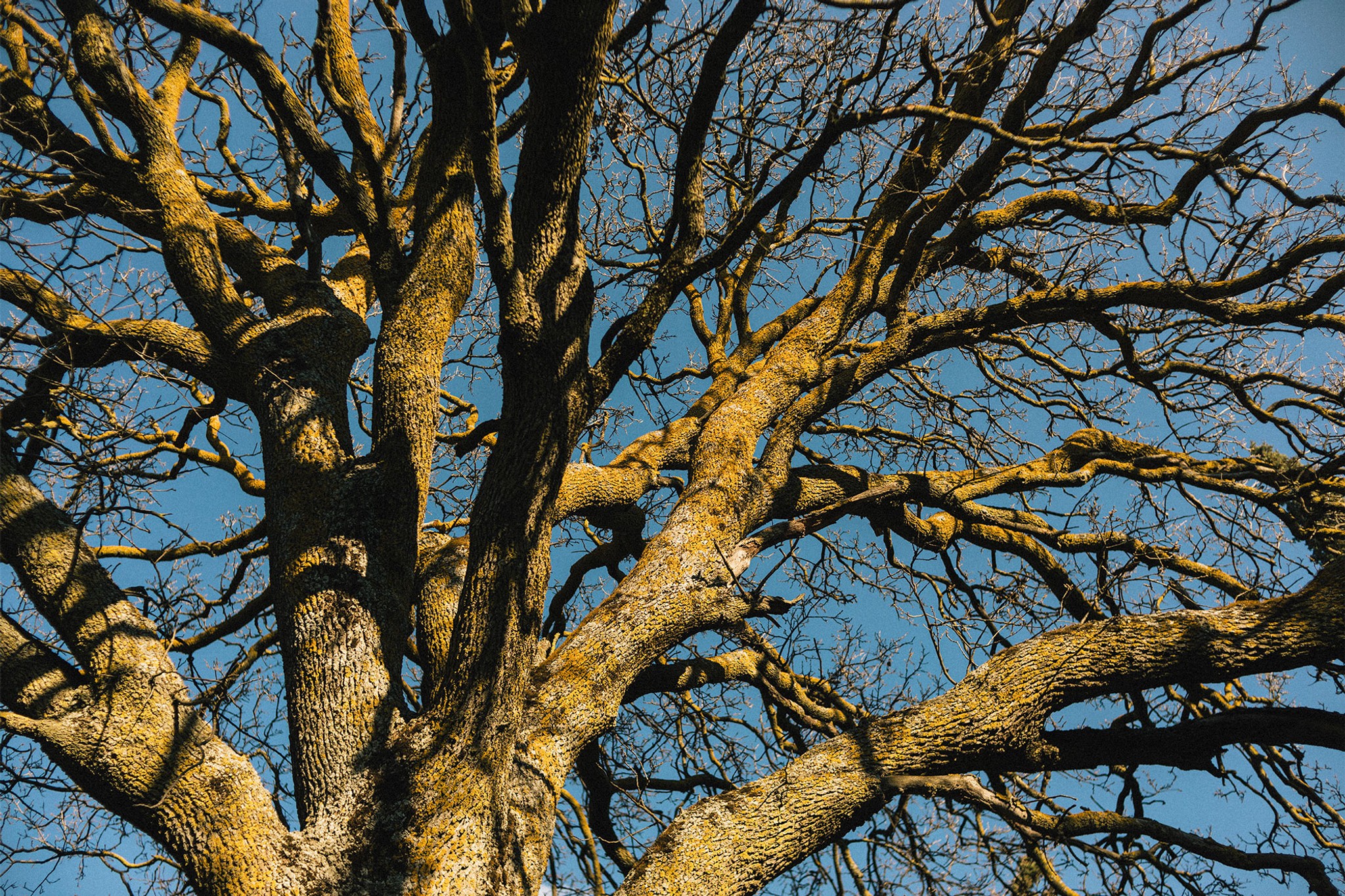
We’re thrilled to collaborate on this project with:


